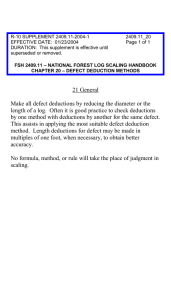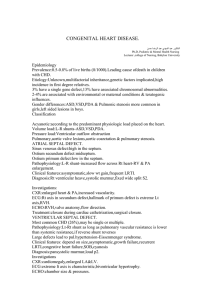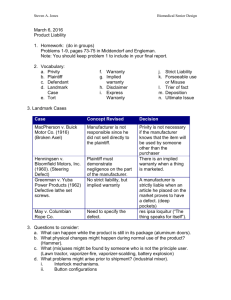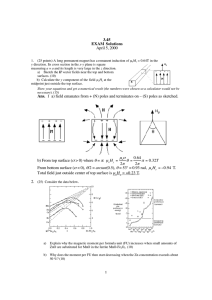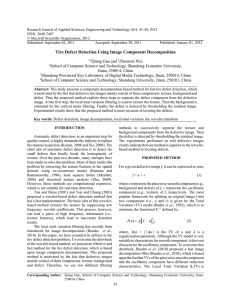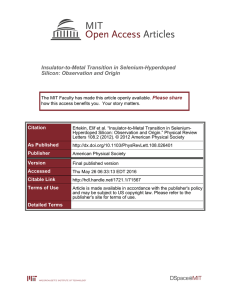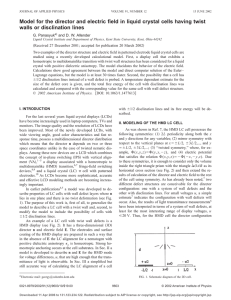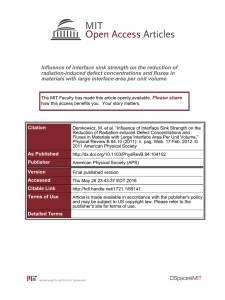z/OS System Verification Test (SVT) Defect Analytics
advertisement
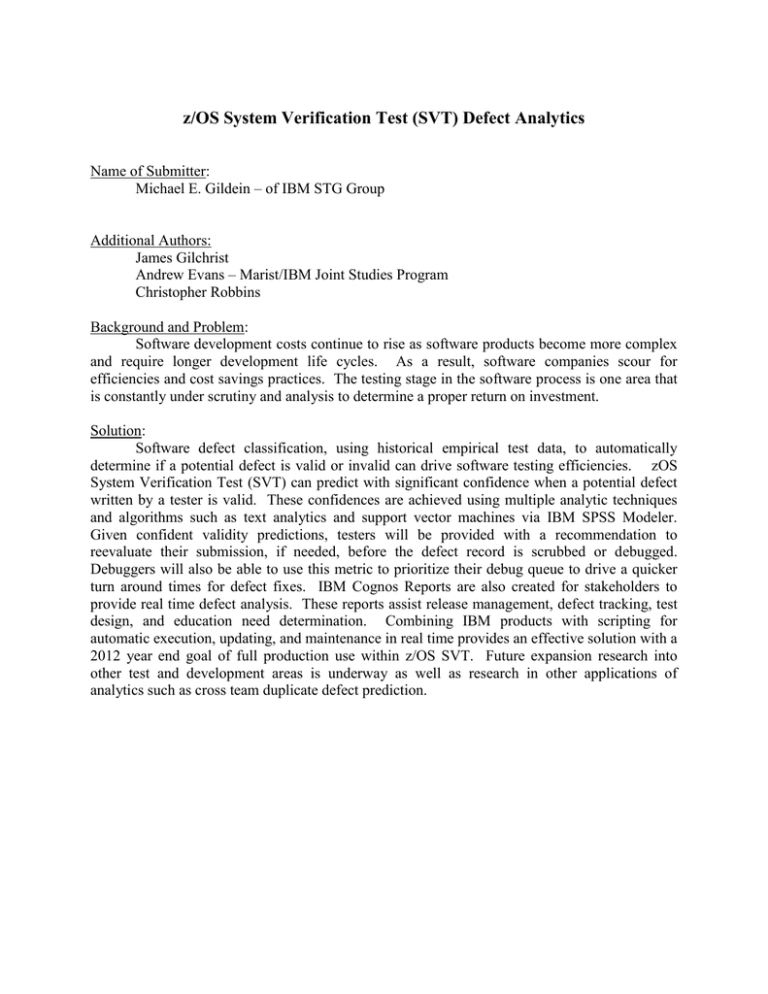
z/OS System Verification Test (SVT) Defect Analytics Name of Submitter: Michael E. Gildein – of IBM STG Group Additional Authors: James Gilchrist Andrew Evans – Marist/IBM Joint Studies Program Christopher Robbins Background and Problem: Software development costs continue to rise as software products become more complex and require longer development life cycles. As a result, software companies scour for efficiencies and cost savings practices. The testing stage in the software process is one area that is constantly under scrutiny and analysis to determine a proper return on investment. Solution: Software defect classification, using historical empirical test data, to automatically determine if a potential defect is valid or invalid can drive software testing efficiencies. zOS System Verification Test (SVT) can predict with significant confidence when a potential defect written by a tester is valid. These confidences are achieved using multiple analytic techniques and algorithms such as text analytics and support vector machines via IBM SPSS Modeler. Given confident validity predictions, testers will be provided with a recommendation to reevaluate their submission, if needed, before the defect record is scrubbed or debugged. Debuggers will also be able to use this metric to prioritize their debug queue to drive a quicker turn around times for defect fixes. IBM Cognos Reports are also created for stakeholders to provide real time defect analysis. These reports assist release management, defect tracking, test design, and education need determination. Combining IBM products with scripting for automatic execution, updating, and maintenance in real time provides an effective solution with a 2012 year end goal of full production use within z/OS SVT. Future expansion research into other test and development areas is underway as well as research in other applications of analytics such as cross team duplicate defect prediction.
